Alicia Monson makes successful return to racing
Alicia Monson makes successful return to racing
LOS ANGELES — She started off cautiously, even tentatively, settling onto the back of a train of 21 runners in the Sunset Tour 5,000-meter run chasing the neon blue and green pacing lights around the Jack Kemp Stadium track Saturday night.
Two years ago, Alicia Monson, the American record holder at both 5,000 and 10,000 meters, would have been out front, hundreds of meters ahead of many of the women in Saturday’s field.
But there was Monson now, in her first race in 16 months, running in unfamiliar territory, the back of the pack, 20, 30 meters behind the leaders, 20, 30 meters off the pacing lights, yet every eye in the stadium was tracking her every step through one of the most anticipated comeback races in American track and field this season.
“It was especially weird at first, being around so many people, because I haven’t done that in so long, and also, often, I just end up going to the front of a race,” Monson said afterward. “So it was definitely a bit of a learning curve, but it definitely felt better, even though I was more tired as it went.”
What was evident on a Saturday night, with the USA Track & Field Championships in Eugene 19 days away, wasn’t fatigue as much as Monson’s confidence growing with each passing lap, the caution, the tentativeness giving way to a sense of purpose as she worked her way through the field, eventually finishing sixth in 15 minutes, 1.63 seconds, well under the U.S. championships automatic qualifying standard of 15:05.
Never mind that her time Saturday was 42 seconds off her two-year-old American record. Sixteen months after a torn meniscus not only crushed her Olympic medal hopes for Paris but threatened her career, just months after her coach questioned whether she would race at all in 2025, only eight weeks after she resumed serious training, Monson was not only back racing, running with confidence, with joy, she had also just run herself back into contention for a spot on Team USA for the World Championships in Tokyo (September 13-21).
“Ooh, man, it’s emotional,” said Dathan Ritzenhein, Monson’s coach at the Boulder-based On Athletics Club. “And, yeah, it’s actually the highlight for me tonight. I mean, she just ran that amazing, 16 months after a major surgery, like, it’s one of those surgeries you don’t know if you come back from, and honestly, she’s only really been kind of like (seriously training) eight weeks or so. We kind of decided to do this. We didn’t think she’d raced at all this summer and that was even maybe three months ago. And so she’s just so good that she can pop out and run 15 flat like that.
“And, yeah, emotional. Very awesome to see.”
Monson’s toughness has never been in question.
When the Wisconsin administration decided in April 2020 not to honor an additional year of eligibility granted to athletes because of the COVID-19 pandemic, Monson signed with On Athletics. Running in extreme heat at the 2021 Olympic Trials 10,000 in Eugene, Monson, staggering through the final few laps to hold onto the third spot on the Olympic team. Monson pushed herself so hard that morning that she collapsed after the medal ceremony and was taken to a local hospital as a precaution.
“She’s the toughest person, the quietest, toughest person you could imagine,” Ritzenhein told Runner’s World after the race. “I think she’s one of the next greats. She showed it today.”
Monson, however, was just getting started.
She claimed her first American record at the 2023 Millrose Games, running 8:28.05 for 3,000 meters indoors. Less than a month later, Monson knocked nearly 10 seconds off the American record at 10,000 meters, running 30:03.82 at The Ten, a Sound Running distance carnival in San Juan Capistrano. Monson shaved three seconds off Shelby Houlihan’s 5,000 American record with a 14:19.45 clocking at the London Diamond League later in 2023.
Monson returned to San Juan Capistrano in March 2024 with the goal of becoming only the second woman not born in African to break 30:00 in the 10,000 and the first to do so in 31 years. (The first woman to break 30:00, China’s Wang Junxia, has been the subject of decades of persistent documented allegations that she and at least eight other teammates were forced by their coach to use banned performance-enhancing substances, although she is not known to have tested positive for PEDs. Her 1993 world record of 29:31.78, knocked 42 seconds off the previous world record, is not recognized by several organizations.)
Monson’s sub-30:00 bid that night was derailed when a stomach issue forced her out of the race mid-way through the competition.
Four days later, she was on a routine training run in Boulder when she felt her knee pop.
“She was just running on a flat bike path, and I was biking behind her, and she just stopped, and she said, ‘I just felt something popping my knee,’” Ritzenhein said. “And yeah, the meniscus root just tore right off.”
“I was on the long run seven miles in,” Monson said. “It just popped. Just I felt my knee let go. So, a crazy time.
“At first, I thought maybe it was just like I strained my popliteus or something. We tried to keep running, but I could do everything but run, and obviously you need to run.”
Monson underwent surgery in April. Her dream of racing in Paris was over but she tried to remain optimistic about her future.
“I mean, I kind of came at it knowing that I would come out the other side,” Monson said.
“So I think I had a great mentality in that way. And I think it was more so just me giving myself time to come back and feel confident about my long-term health and, yeah, just feel like I want to get back out there.”
But her return to training and racing took longer than she and Ritzenhein expected.
“She had ACL surgery when she was in high school, and so it was a compromised joint already,” said Ritzenhein, a three-time Olympian and former American record holder in the 5,000. “And every time she would get sick over the last four (years), you know, ever since I’ve known her, coached her for five years, she’d get sick and her knee would swell up. Or she’d get a COVID vaccine and her knee would swell up. And so it was, a weird response, and she had to get it drained a few times and stuff.”
Monson watched the Olympic 5,000 final in person in Stade De France.
“Because my family had bought tickets, because we had been just assuming I would make the team, so but then it turned out to be a blessing in disguise, because I got to have my first, like, full family vacation in like, a decade,” she said. “So it was really fun.
“We rented this Airbnb, an hour train ride outside of Paris, and we just hung out. I had my nephews there too. I’m really into road cycling, so we watched that, and then watched a couple of my teammates at the track and track races.”
It would be the closest Monson would get to competition for months.
“She was not able to run yet,” Ritzenhein said. “She was just cross-training in the Airbnb with her parents. You never know. We thought it’d be smoother, but it wasn’t. It’s major, major surgery. She had some, we had some worries sometimes, where, in the first six months, we didn’t know how it was responding. She just kept working and kept working. I mean, so much time in the gym, like, an amazing amount of time in the gym.”
Monson resumed running on the ground in September.
“But I had a few setbacks,” she said. “My most recent continuous running started more like in the early spring, and didn’t start (serious training) until April. So it’s been just such a slow process for so long that now, once I actually started to make some progress, it’s like, wow, this is suddenly clicking.”
After congratulating Monson Saturday night, Ritzenhein was reminded of a recent workout.
“All right, here’s a good piece of information,” he said beaming. “I didn’t even think of it, so she, she just did her first sub-five-minute mile (in training) 10 days ago. So she just ran three of them at 4:50. So amazing, yeah.
“We kind of thought, let’s just get through the summer in one piece and continue to build and then we try to do a, maybe we try to do a low-key road race in the fall, just something to do, you know, to put something on the calendar. And then about two months ago, we were you know, she hasn’t put spikes on, but she’s able to handle some workouts. Let’s start trying to get into spikes.
“And so maybe about a month ago, we got her in spikes, and yeah, she was able to run the paces of today, just in a lot shorter reps. So then we just said, ‘Hey, let’s just continue to progress her logically.’ And so she’s been over the last eight to 10 weeks, has been like, 65 miles (per week), 66, 67, 68 it’s just been like a mile or two a week. I think she’s run 70. I think she had 78 last week. And it’s probably been about six weeks over 70, like 70 to 78. But before our normal for her has always been like 90 to 95.
“And the workouts are not what she would do before, but, you know, long runs are the same, not that what she would do before, but she’s still only cross training on the workout days, but she’s healthy and so that’s, that’s the biggest thing.”
The question now is can a healthy Monson take the next step and make the World Championships team in Eugene?
She will have plenty of competition in Monson’s OAC teammate Josette Andrews, the season’s U.S. leader at 14:25.37, who won the Sunset 1,500 Saturday in 4:00.10. There’s two-time Olympian Elise Cranny, the American record holder at 5,000 indoors who grew up Ritzenhein’s current hometown of Niwot, Colorado, fellow Olympians Karissa Schweizer and Weini Kelatifrezghi, the Olympic Trials 10,000 champion, and Houlihan returning from a four-year doping ban. Bailey Hertenstein (14:48.91) and Taylor Roe (14:49.91), who went 1-2 Saturday night, could also be in the mix.
“Honestly, we still don’t know what to make of it, you know it was just one of the most bizarre things,” Ritzenhein referring to Monson’s injury. “And so for her, it was, it’s very scary. You know it’s the kind of major surgery that not many runners come back from that. So it was a long process. And she really, we did everything we could and, yeah, I’m really proud of her just being back out there and she’ll be as good as ever.”
Ritzenhein was asked how he kept Monson moving forward?
“Honestly, it’s all her. She’s just, like, the toughest person. She’s always done that. You know, there were a lot of dark moments. I had some of those surgeries as well, where I didn’t race for a year,” said Ritzenhein, who competed in the 2004 Olympic 10,000 final with a stress fracture. “Yeah, and a lot of times where you just don’t think you’ll get back. And so for her, I think she’s just such a tough athlete, and probably tougher than any person I really know. And so she’s very calm, demure person, but, like, she is very, very much a killer and that’s why she’s run 14:19, she’s the American record holder.”
Late Saturday night, Monson made no effort to hide her joy, beaming between gasps, moments after finishing.
“Sixteen months ago?” she said. “I mean, it’s actually surprisingly easy to get back into the race routine, but then obviously it’s like, I knew that once the gun goes off, it’s like, ‘Oh, why are we sprinting?’ But get to just get back into this situation …”
Her voice and thought tailed off, seemingly grasping the significance of the night.
She had survived the quick early pace just as she had the disappointment of last summer, the doubts and frustration of autumn, the questions through the spring, steadfastly working her way through the field, showing glimpses of the “killer,” racing back toward the forefront of American distance running.
“I mean, the goal today was to start a race,” she continued, “finish a race, and feel like I’ve got momentum.”
Comments 0
Most Read
Recommended Post
Gogolook launches news wall feature to Whoscall App
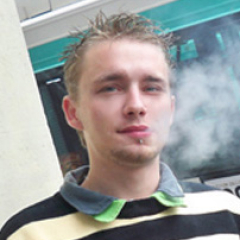
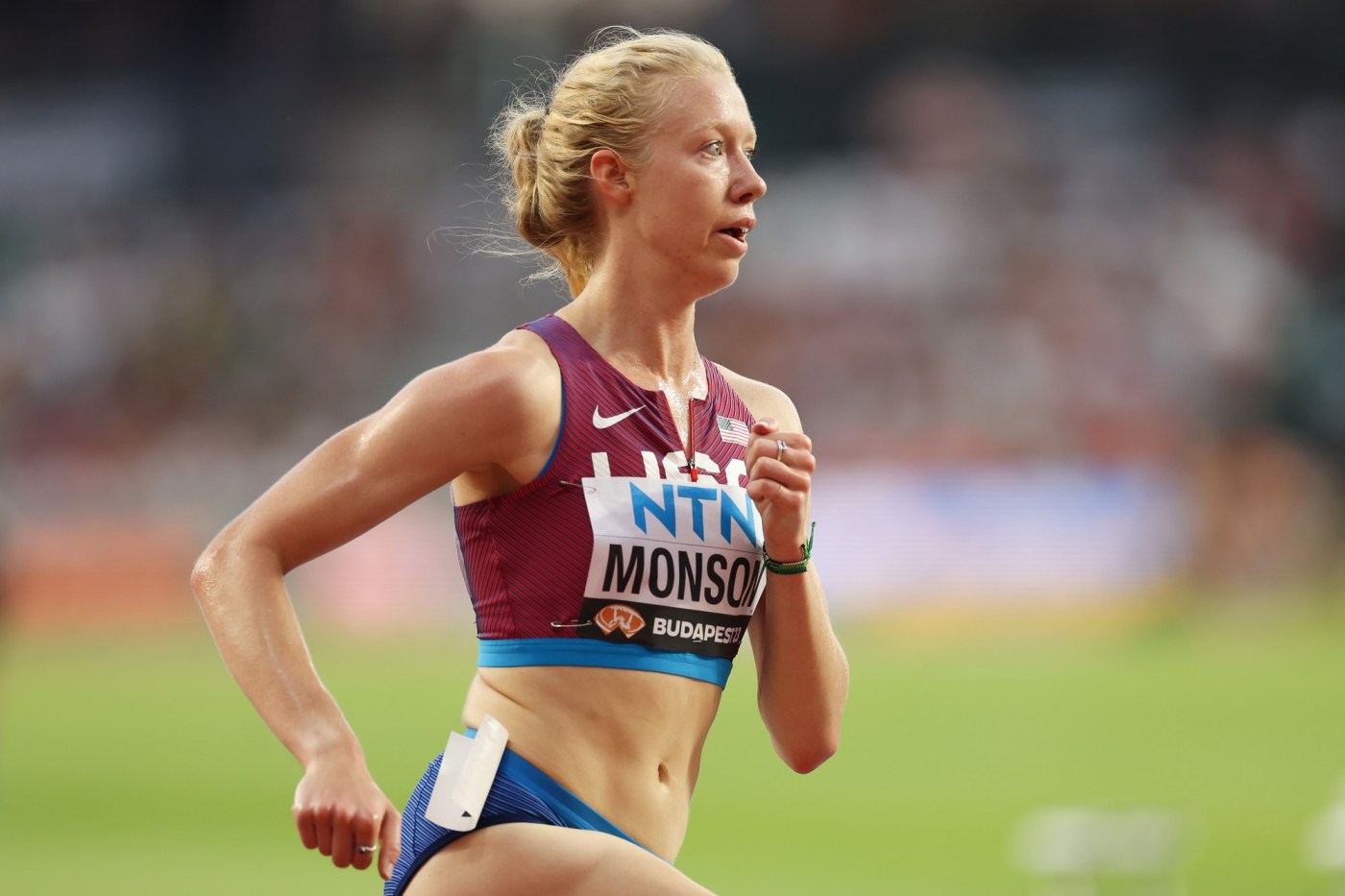

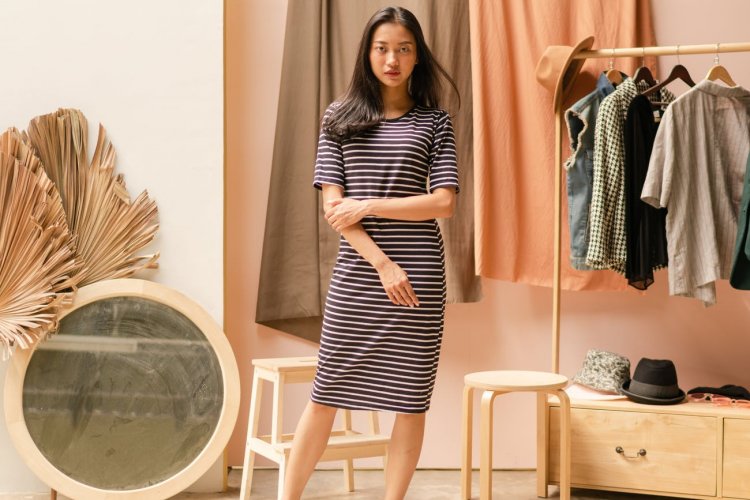









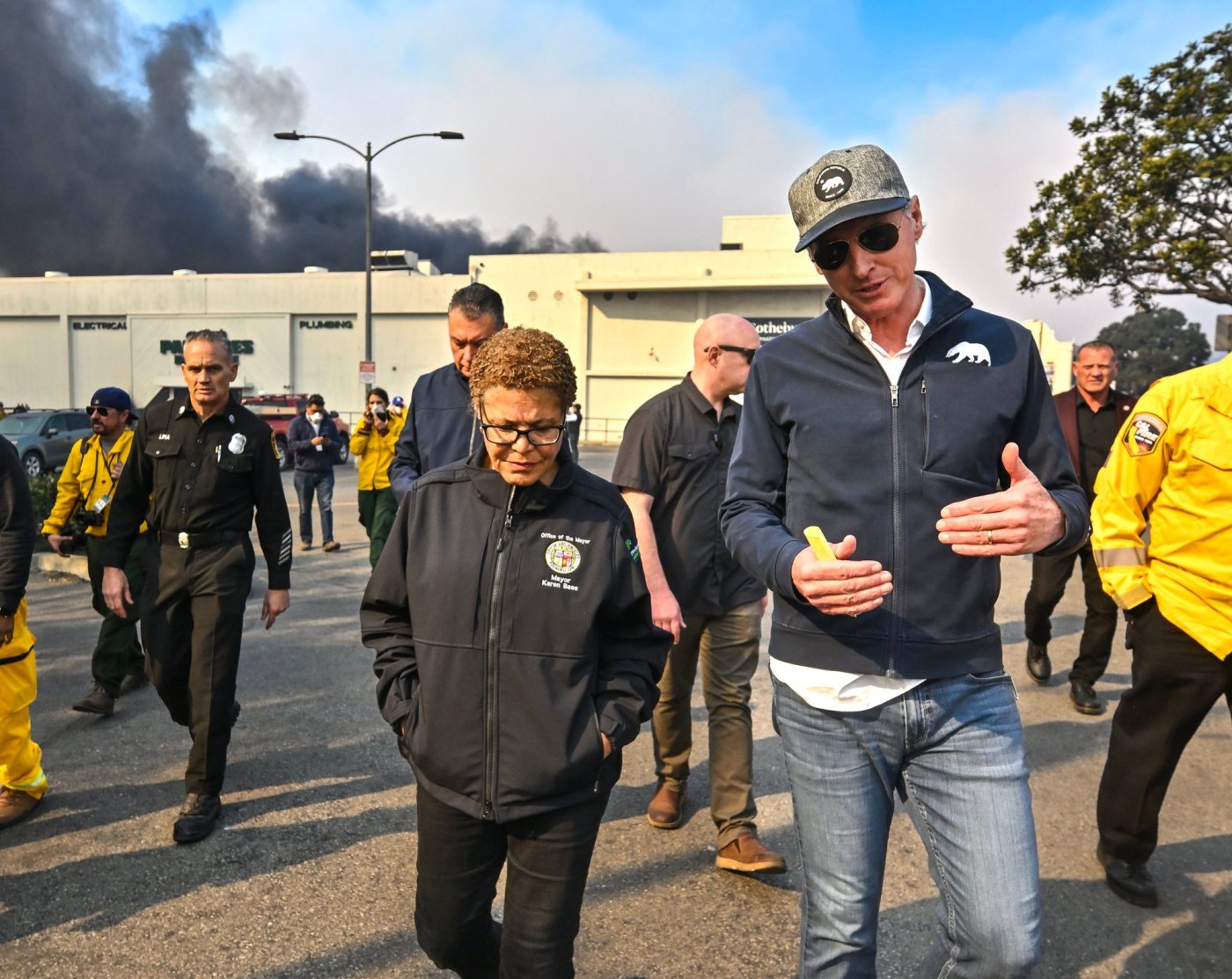
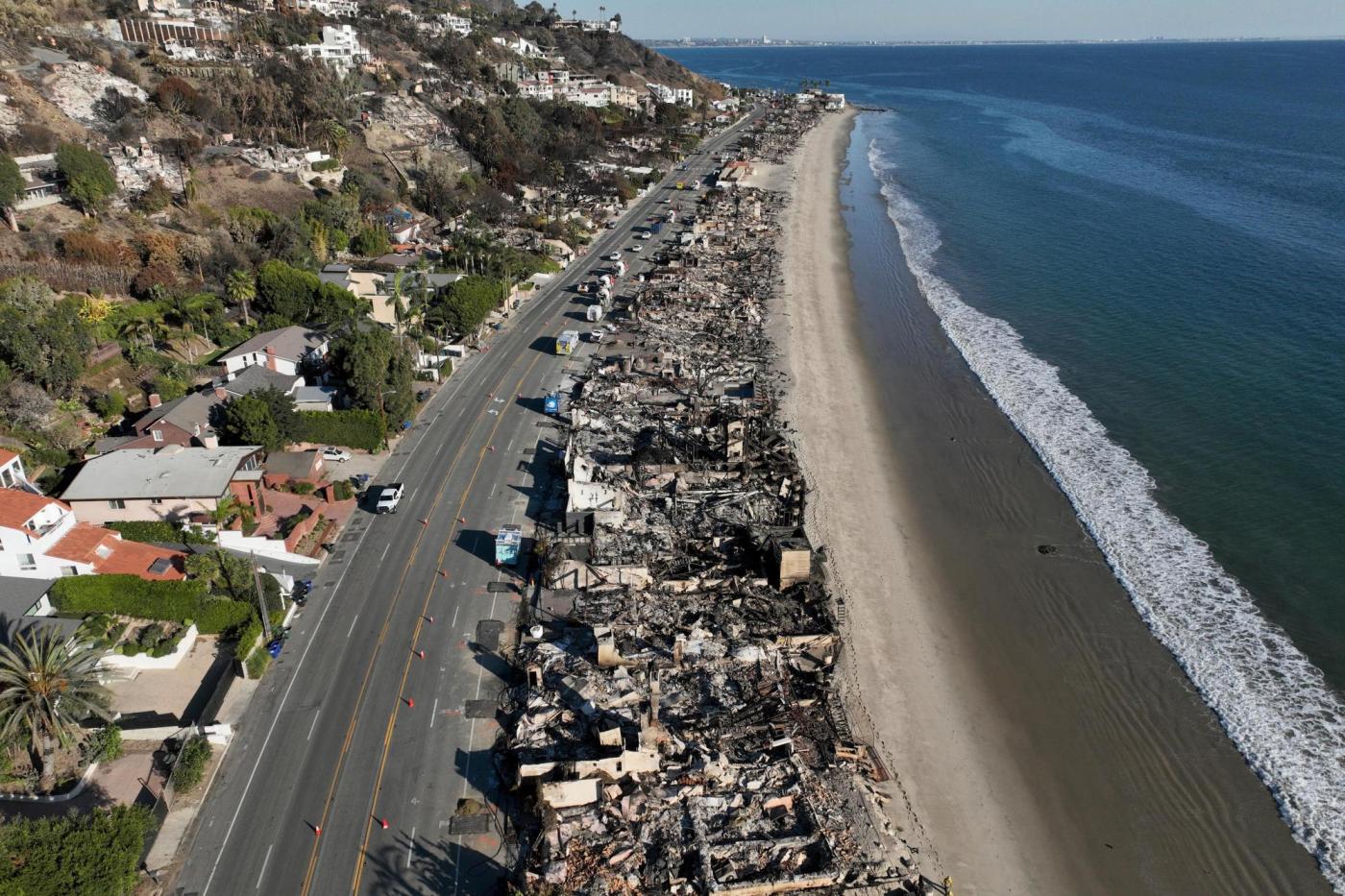
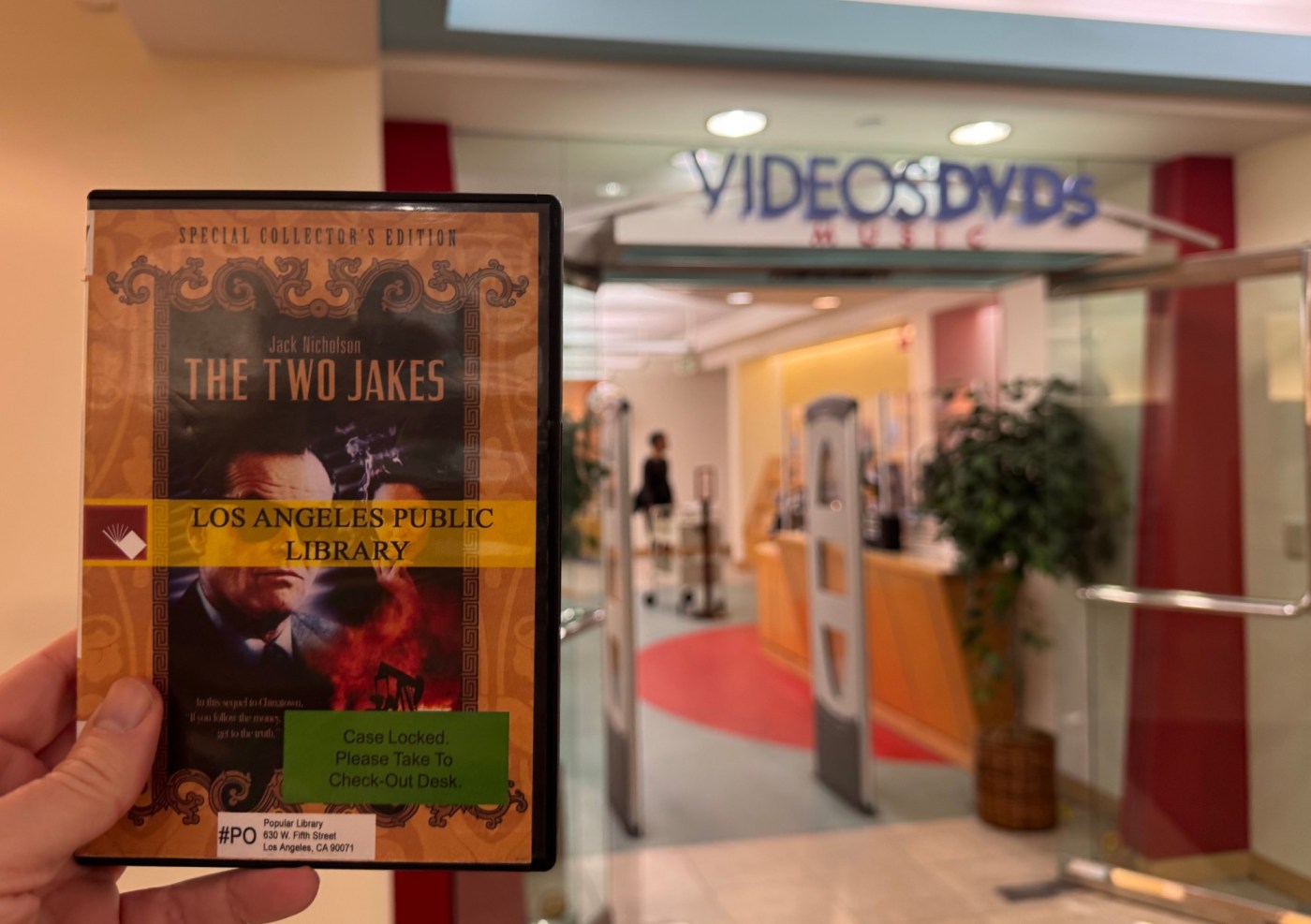
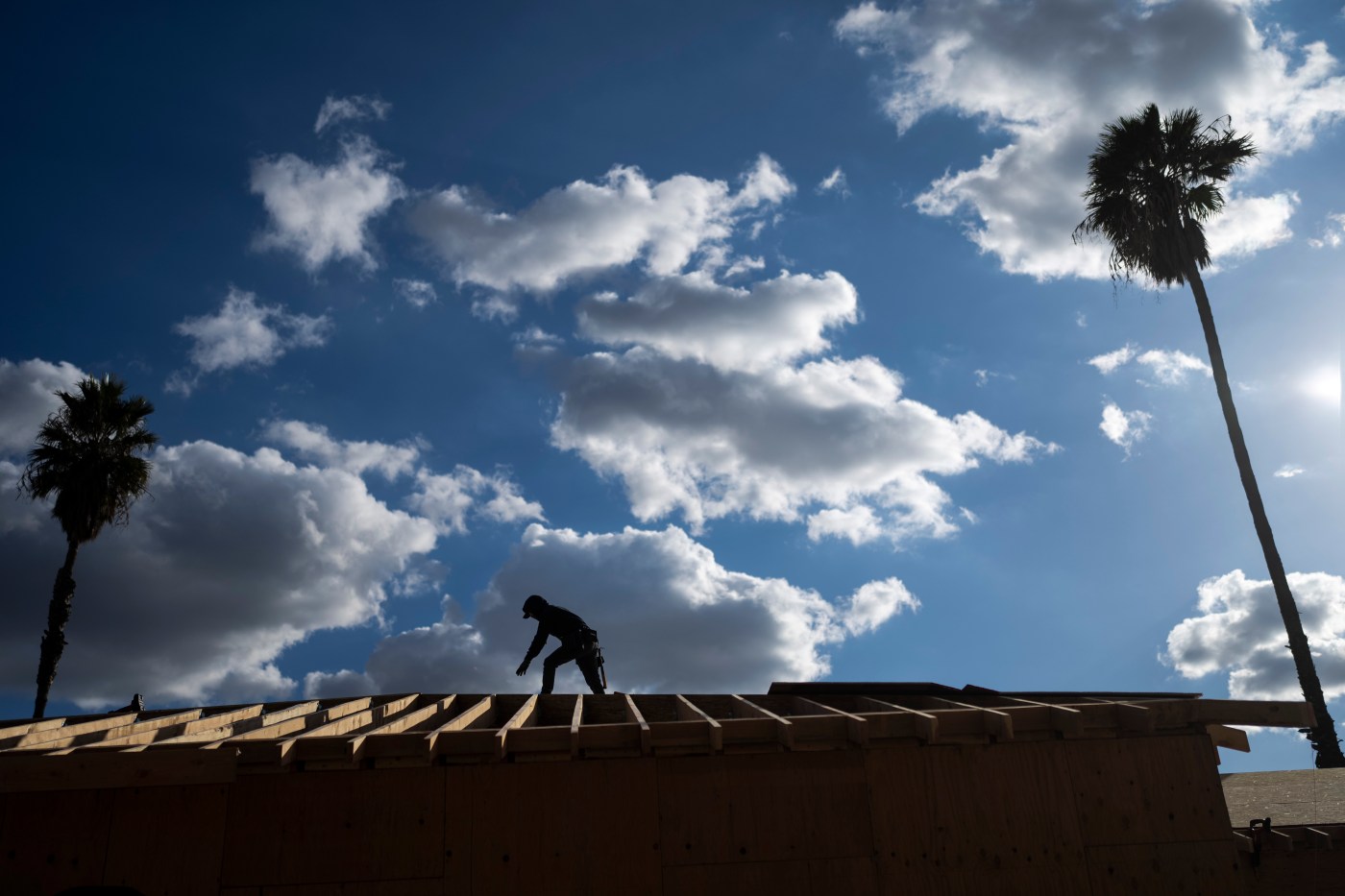
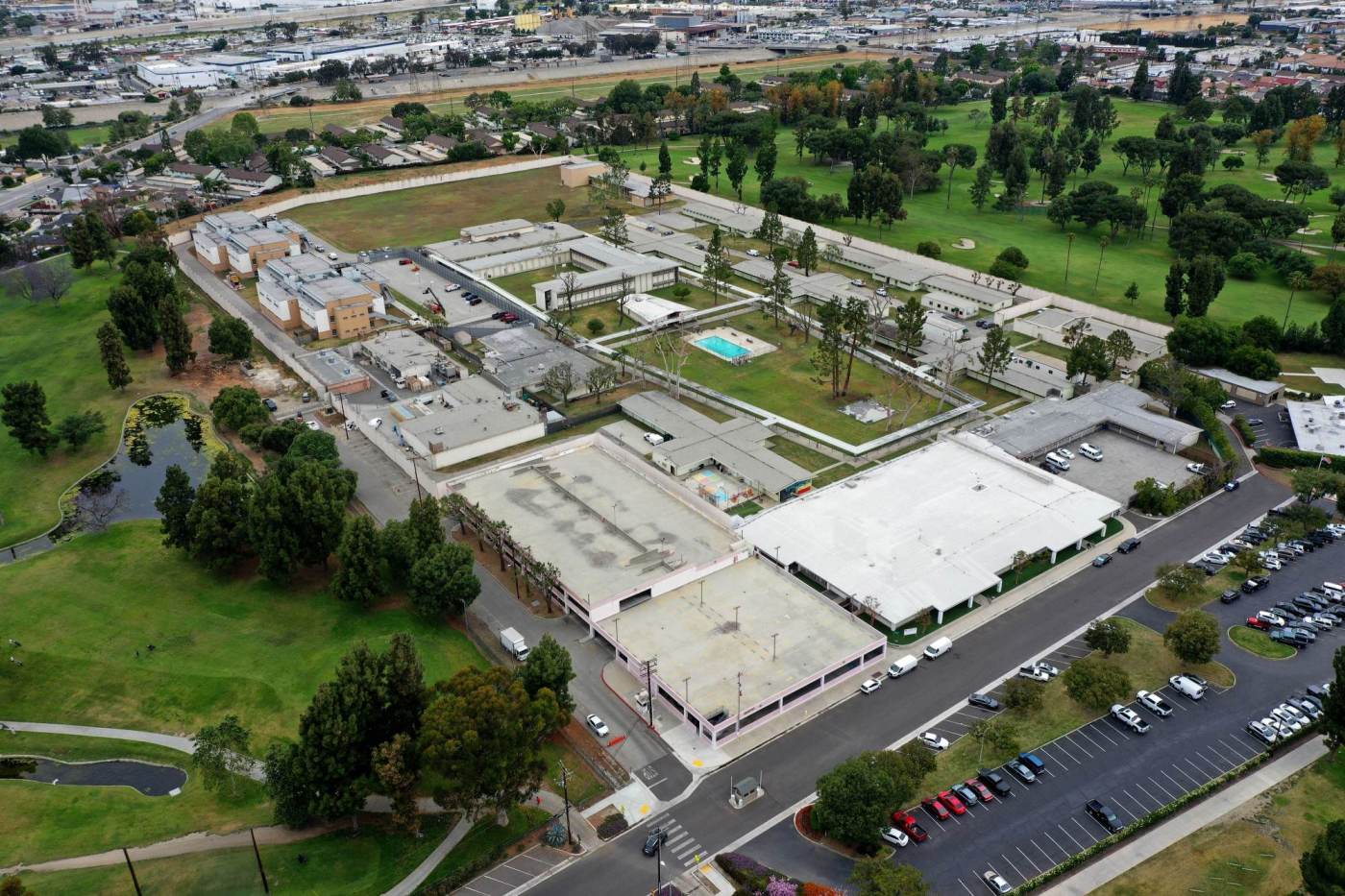



Leave a Comment